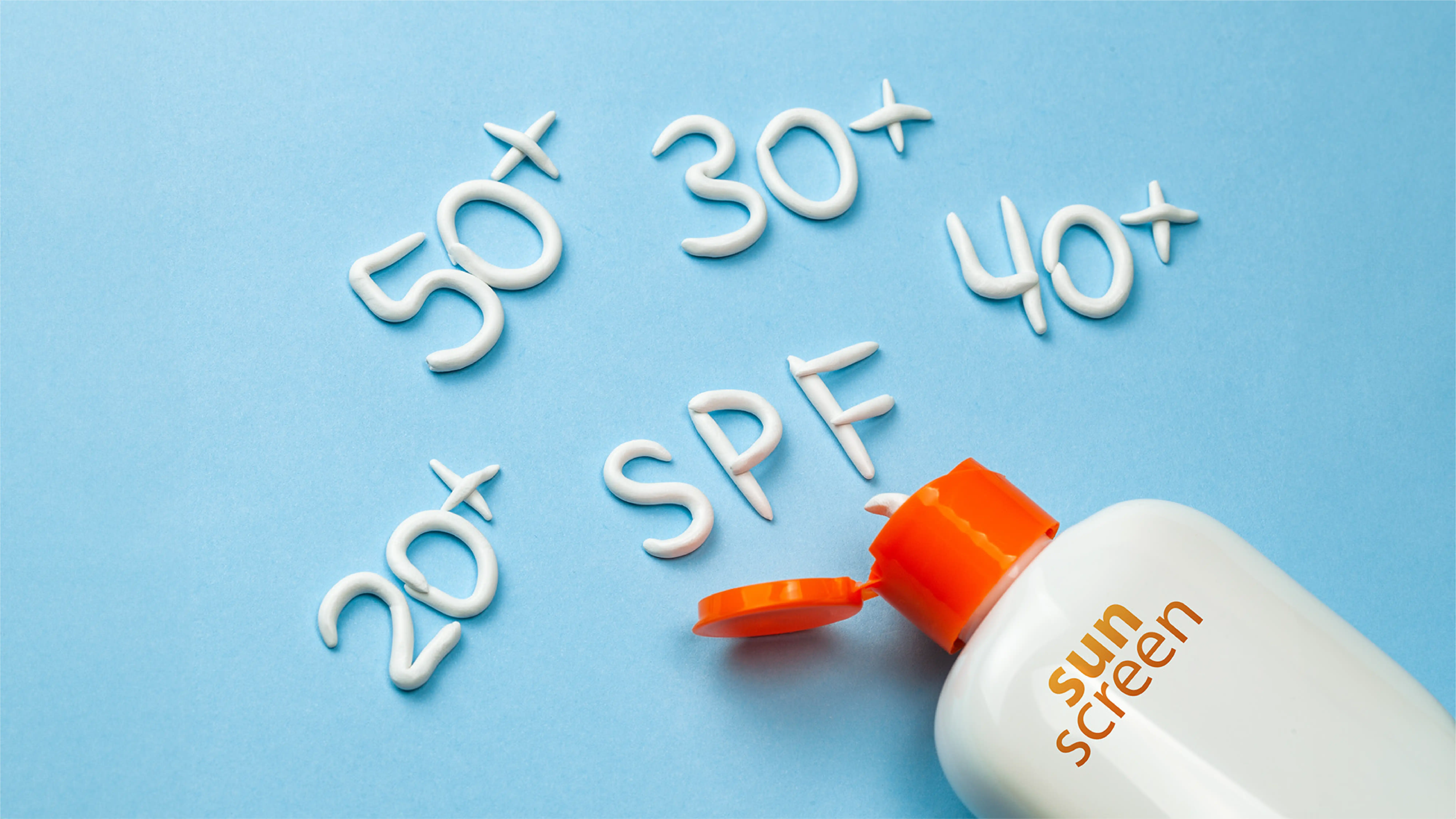Understanding Sun Protection Factor (SPF)

Sun Protection Factor, or SPF, is a crucial element in protecting our skin from the harmful effects of the sun's ultraviolet (UV) radiation. This guide will break down what SPF means, debunk common misconceptions, and provide you with the best practices for using sunscreen effectively.
What is SPF?
SPF measures the level of protection a sunscreen offers against UVB rays, the type of radiation that causes sunburn. The SPF number indicates how much longer you can stay in the sun without getting sunburned compared to unprotected skin. For example, using SPF 15 sunscreen theoretically prevents reddening 15 times longer — about five hours if you would normally burn after 20 minutes. However, this does not mean you are protected for five hours straight without reapplying.
Common Misconceptions About SPF
- SPF and Time: SPF does not tell you how long you can stay in the sun. It measures the amount of solar energy that causes sunburn, which varies throughout the day and depends on several factors including geographic location and current UV index.
- Higher SPF Equals All-Day Protection: No sunscreen, regardless of strength, should be expected to work longer than two hours without reapplication.
Factors Influencing Solar Energy Absorption
- Skin Type: Fairer skin absorbs more solar energy than darker tones.
- Amount of Sunscreen Applied: The effectiveness of sunscreen increases with the amount used.
- Reapplication Frequency: Sunscreen needs to be reapplied every two hours, especially after sweating, swimming, or towel drying.
Who Needs Sunscreen?
Everyone under the sun! UV radiation can penetrate clouds and windows, so whether you are at the beach or in your car, sunscreen is essential to protect your skin from premature aging and the risk of skin cancer.

Choosing the Right Sunscreen
The American Academy of Dermatology recommends choosing a sunscreen that adheres to the following guidelines:
- Broad-spectrum protection: Protects against both UVA and UVB rays.
- SPF 30 or higher: Adequately protects against sunburn.
- Water resistance: Especially important if you are swimming or sweating.
Application Tips for Sunscreen
- Amount: Use approximately one ounce (enough to fill a shot glass) to cover all exposed skin.
- Application Time: Apply sunscreen to dry skin 15 minutes before going outdoors.
- Sensitive Areas: Don’t forget to apply sunscreen to the tops of your feet, your neck, your ears, and the top of your head.
- Reapplication: Reapply every two hours, or after swimming or sweating.
Sun Safety Tips
- Limit Time in the Sun: Especially between 10 a.m. and 2 p.m., when the sun's rays are most intense.
- Wear Protective Clothing: This includes long-sleeved shirts, pants, sunglasses, and broad-brimmed hats.
- Avoid Tanning Beds: Tanning beds increase the risk of skin cancer and premature skin aging.
- Use Caution Near Reflective Surfaces: Water, snow, and sand reflect and intensify UV rays, increasing your risk of sunburn.
By understanding SPF and incorporating these sun safety practices into your routine, you can enjoy the sun safely while protecting your skin from the long-term consequences of excessive sun exposure.

